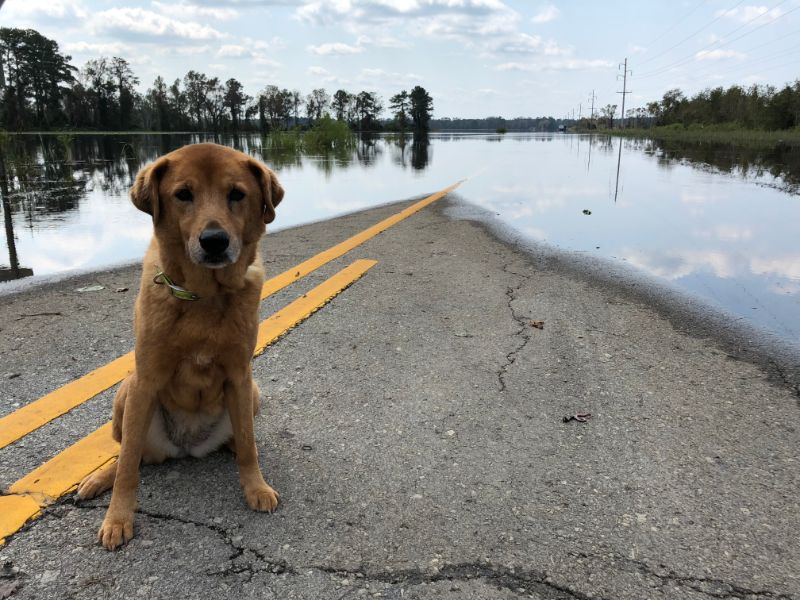
Natural disasters occur each year all over the globe. With the increased number of environmental emergencies due to climate change, it’s unfortunately likely we will encounter more. Here in New Jersey we have had our share of hurricanes, as well as major fires, flooding, and other natural disasters, man-made or environmental.
The key to getting through a disaster safely is disaster preparedness, and this must also include our four-legged family members.
The month of September is Natural Disaster Preparedness Month and the team at True Care Veterinary Hospital wants to make sure you and your pet are ready for anything.
Create a Natural Disaster Plan for Your Pet
In order to move quickly you must have a plan of action, should disaster hit home. Some of the following things should be considered when making your pet disaster plan.
- List of everything you need for your pet: water, food, bed, leash and collar, crate or carrier, medical records, and medications, to name a few
- Compile all of the available pet-friendly hotels outside of the area but within driving distance and their location/contact information
- Potential boarding facilities where your pet can stay (and stay safe), should your family be diverted to a shelter
- List of relatives and friends who will be able to host you and your pet
- Keep all of the necessary emergency items in a closet near the door for a faster exit
It’s also a good idea to invest in a “Pet’s Inside” sticker. Never leave your pet behind, but if you must, this is a way to let emergency responders know to rescue your pet.
Pet Safety During a Disaster
Moving to safety is advised at the first sign of evacuation. Waiting can put you in danger, and you want to ensure enough time to find a place for your pet. In the case of severe storms and tornadoes, this rule doesn’t apply but it is still recommended to find a secure place in the home where you and your pet can stay safe.
If you must be evacuated, keep the following steps in mind.
- Stay as calm as possible, since your pet is already in a lot of stress
- Put your pet in a crate or carrier while you gather your supplies and ready the car so they cannot escape during the commotion
- Gather all of your pet’s supplies from your list, if you haven’t already
- Bring more water for you and your pet than you think you’ll need
- Go to a location outside of the disaster zone
- Play with your pet and exercise with them when you arrive at your destination to help ease their fears and alleviate their nervous energy
- Strictly follow evacuation guidelines and adhere to recommendations from your veterinarian
Points to Note
One of the best things you can do to safeguard your pet is to have your pet microchipped and vaccinated and on parasite protection ahead of time. If your pet becomes lost (1 in 3 pets will become lost in their lifetime), then you have a better chance of being reunited.
It’s also important to remember that standing water from hurricanes and floods can carry numerous bacteria and parasites. Your pet will be safer if they are already in good health and protected from parasitic infection, but keeping them current on vaccinations will also help to protect them.
Is You Pet Prepared for a Disaster?
If you would like to ensure your pet is prepared for a disaster of any kind, we can answer any questions you have. Our team is committed to giving you the best information for pet disaster preparedness, so you can be more at ease, even in the midst of uncertainty.
Please call us for more information or to schedule an appointment.

